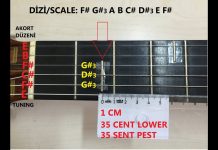An Acoustic guitar has, like electric guitar, his predecessor in classical or traditional guitar. And its history serves us as a guide until the twentieth century, with the appearance of new musical trends, such as jazz and blues, that evolved classical guitar up to the acoustic guitar as we know it today.
With the appearance of the new musical styles it became necessary to amplify the volume of the traditional guitars and to try to amplify its volume and they changed the gut strings of the traditional guitars by steel strings.
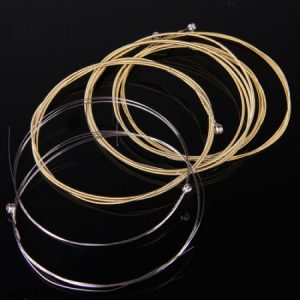
The appearance of new musical trends, such as jazz and blues, made evolve classical guitar up to the acoustic guitar as we know it today
To withstand the stress of new steel strings, traditional guitars had to evolve to increase its internal reinforcements, reinforcing the neck and enlarging the soundboard. While the development of classical guitars was done basically in Europe, the main development of the acoustic guitar was basically the work of American manufacturers, and especially Martin and his famous model Dreadnought.
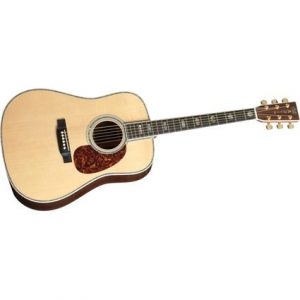
The differences between classical guitar and acoustic guitar are several, but the main one is the type of string used, steel in acoustic guitars, which provides a brighter sound, metallic and with more volume. The sound box of the acoustic guitars is wider than the sound box of the classical guitars and the neck is usually narrower. The sound provided by these characteristics of the acoustic guitars makes it an ideal guitar for musical styles such as Pop, Country or Folk.
The main development of the acoustic guitar was basically the work of American manufacturers, and especially Martin
The expression acoustic guitar is used as opposed to electric guitar, but really all guitars that are amplified by a soundbox, having metal strings or not, are acoustic guitars. However, usually we use the term acoustic guitars for guitars with metal strings, and the nylon string guitars are usually called classical/flamenco or Spanish guitar.
Acoustic guitars can be divided into archtop or flattop. The Archtop ones have an arched top and have two incisions in its soundboard with “f” shape or integrals while flattop (which are the most usual acoustic guitars) have flat soundboard and circular sound hole instead of integrals.
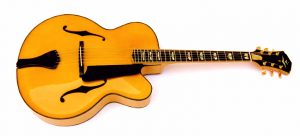
Maybe we could also add to the above classification the electroacoustic guitars which are those which have a sound box and also have an artificial external amplification system microphone or pickups. It is usual to find acoustic guitars on the market with amplification by piezo or electromagnetic pickups.
Different types of artificial amplification can be found in the article on guitar amplification
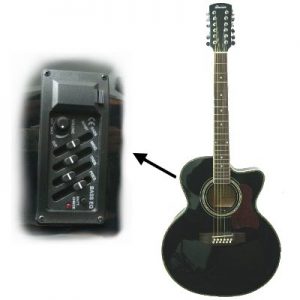
Acoustic guitar consists basically of the same elements as traditional guitar, and amplifies the sound of the strings the same way as the traditional guitars, through the sound box. The thicknesses of its back, top and internal reinforcements, however, are higher than in the classical guitar because the tension of the steel strings is higher than with the nylon strings.
Usually we use the term acoustic guitars for guitars with metal strings, and the nylon string guitars are usually called classical/flamenco or Spanish guitar
Another difference comparing the classical guitar and the acoustic guitar is that due to the tension of the steel strings they have inside the neck a steel rod called truss rod. The function of the truss rod is to counteract the tension of the strings on the neck, maintain its straightness and avoid changes in the distance of the strings to the frets.
The shape of acoustic guitars is not always symmetrical, some usually have a curve on the lower side, closer to the first strings, called cutaway and that allows the guitar player to reach higher notes.
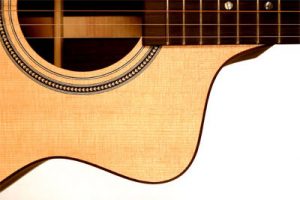
Finally, the fingerboard of acoustic guitars, like in electric guitars, is often narrower than the fingerboard of classical guitars, they usually have curvature, and the frets are more resilient than on classical guitars because the rubbing with steel strings is harder than with nylon strings.















